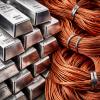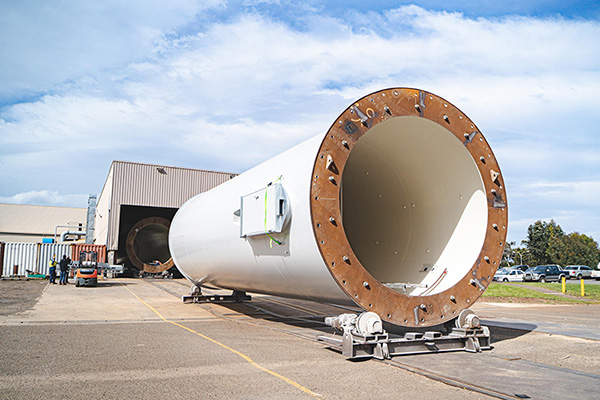
Breaking News
 US Oil Blockade of Venezuela Pushes Cuba Into Economic Collapse
US Oil Blockade of Venezuela Pushes Cuba Into Economic Collapse
 Gold and Silver Surge to New Record Highs, What's Going On?
Gold and Silver Surge to New Record Highs, What's Going On?
 Silver And Copper Are Both Flashing The Same Signal -- And That Is Setting The Stage...
Silver And Copper Are Both Flashing The Same Signal -- And That Is Setting The Stage...
 I Spoke At Turning Point USA - FULL SPEECH
I Spoke At Turning Point USA - FULL SPEECH
Top Tech News
 Perfect Aircrete, Kitchen Ingredients.
Perfect Aircrete, Kitchen Ingredients.
 Futuristic pixel-raising display lets you feel what's onscreen
Futuristic pixel-raising display lets you feel what's onscreen
 Cutting-Edge Facility Generates Pure Water and Hydrogen Fuel from Seawater for Mere Pennies
Cutting-Edge Facility Generates Pure Water and Hydrogen Fuel from Seawater for Mere Pennies
 This tiny dev board is packed with features for ambitious makers
This tiny dev board is packed with features for ambitious makers
 Scientists Discover Gel to Regrow Tooth Enamel
Scientists Discover Gel to Regrow Tooth Enamel
 Vitamin C and Dandelion Root Killing Cancer Cells -- as Former CDC Director Calls for COVID-19...
Vitamin C and Dandelion Root Killing Cancer Cells -- as Former CDC Director Calls for COVID-19...
 Galactic Brain: US firm plans space-based data centers, power grid to challenge China
Galactic Brain: US firm plans space-based data centers, power grid to challenge China
 A microbial cleanup for glyphosate just earned a patent. Here's why that matters
A microbial cleanup for glyphosate just earned a patent. Here's why that matters
 Japan Breaks Internet Speed Record with 5 Million Times Faster Data Transfer
Japan Breaks Internet Speed Record with 5 Million Times Faster Data Transfer
Australia's only wind tower manufacturer goes out of business

The one and only Australian manufacturer of wind turbine towers is going out of business, despite Australian electricity reaching 35% glorious renewable, and the Prime Ministers big plan to have the $22 billion dollar Future Made in Australia, as well as our galloping Net Zero fantasy to reach 82% renewable by 2030. We are, in theory, supposed to install 40 new wind towers a month somewhere in Australia, but none of the towers, it turns out, will be Australian made.
Imagine what we could do if Australia were the largest exporter of iron ore and coal in the world? The government could still screw it up.
Right now, we ship the iron and coal 7,000 kilometers away with heavy fuel oil, to be made into windmills to save the world, only to ship them right back, rather than make them here.
The company Keppel Prince don't mention the cost of electricity, although the boss of Glencore claims Australian prices are double or more the cost in China, which can't be good for any business. Instead the company blames Chinese subsidized competitors for dumping, which may have some truth to it, but Keppel Prince has been living off renewable energy subsidies themselves in Australia for years. In 2009 the company warned of job losses if the government didn't set a bigger renewable energy target (which it did), but then they had to sack 100 staff in 2014 when the target was cut. After that they got help from the Victorian State Energy Targets, and the requirement that 60 per cent of the manufacturing was done locally. The truth is there has probably never been a wind turbine built in Australia that wasn't subsidized. The only question is "how big were the subsidies?".

 Advanced Propulsion Resources Part 1 of 2
Advanced Propulsion Resources Part 1 of 2

